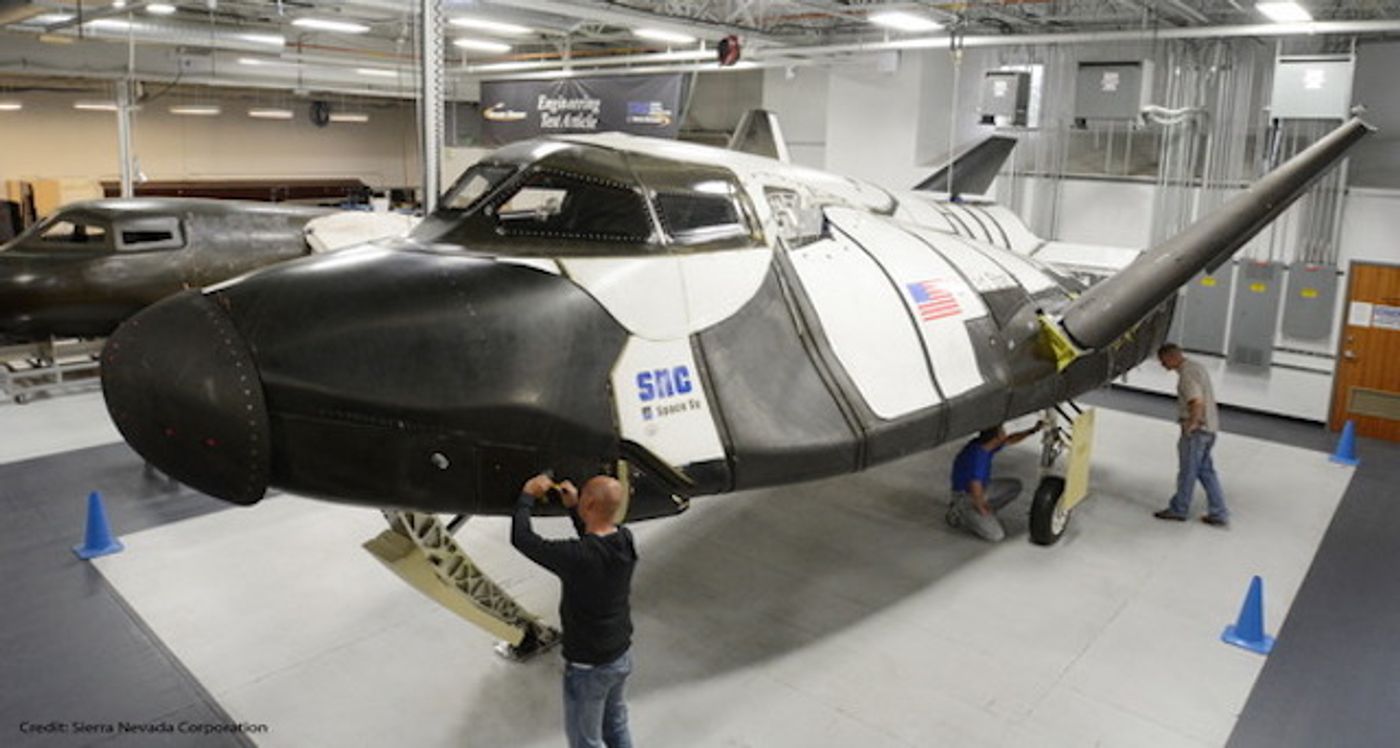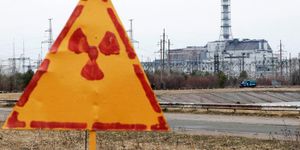If NASA had decided to make a next generation of the space shuttle, it probably would have looked a lot like the Sierra Nevada Corporation’s Dream Chaser. The Dream Chaser is basically a mini shuttle. It has wings, and lands on a runway, like an airplane. Though they did not win a contract from NASA to ferry crew and cargo to the ISS, as did SpaceX and Boeing, Sierra Nevada is confident in their design, and they are pressing on, into the second stage of the development of their space plane. The testing will begin in early 2016 at NASA's Armstrong Flight Research Center, located in the Edwards Air Force Base in Southern California.

It’s a little difficult to figure out why the Dream Chaser wasn’t chosen by NASA to service the ISS. It is an extremely capable, versatile, and thoughtfully designed craft. It runs on non-toxic and non-explosive fuel, meaning that, unlike the Space Shuttle, it can be handled, serviced, reloaded, and relaunched without any need for decontamination. This results in a very fast turnaround time between missions. Though Dream Chaser is designed to glide to a landing, it’s rocket motors are throttleable and restartable, meaning the vehicle is capable of powered flight if the need arises. The Dream Chaser can be piloted or operate autonomously. It can carry up to seven astronauts, or two astronauts and cargo, using a cargo module, to the ISS, or other destinations. The cargo module has two uses: It can ferry cargo on the flight up to the ISS, and then, once it arrives it can be filled with the ISS’ garbage. During its re-entry, Dream Chaser can jettison the cargo module allowing it to safely burn up in the Earth’s atmosphere. Dream Chaser will also be capable of boosting the ISS’ orbit, and it can be used as a lifeboat in the event of an emergency on board the space station.
There are currently two versions of the Dream Chaser. One, the atmospheric engineering test article (or ETA) is a successor to the very first space shuttle, Enterprise, in that it is not designed to go into orbit. Rather, the ETA is a testbed for trying out new design features within the atmosphere. While Sierra Nevada is using the ETA for testing and development, they are simultaneously developing the orbital version of the Dream Chaser. Lockheed Martin, slated to manufacture the orbital vehicle, recently completed the first cabin assembly for orbital version of the Dream Chaser. It’s made out of composite material, which is both strong and light-weight.
Proud of his company’s creation, Mark Sirangelo, corporate vice president of Sierra Nevada's space systems division declared, ”Upon completion, the Dream Chaser orbital vehicle will be the most advanced composite structure ever built. We look forward to Dream Chaser becoming the world leader in this area and to its first orbital flight.”
Source:
Space.com









